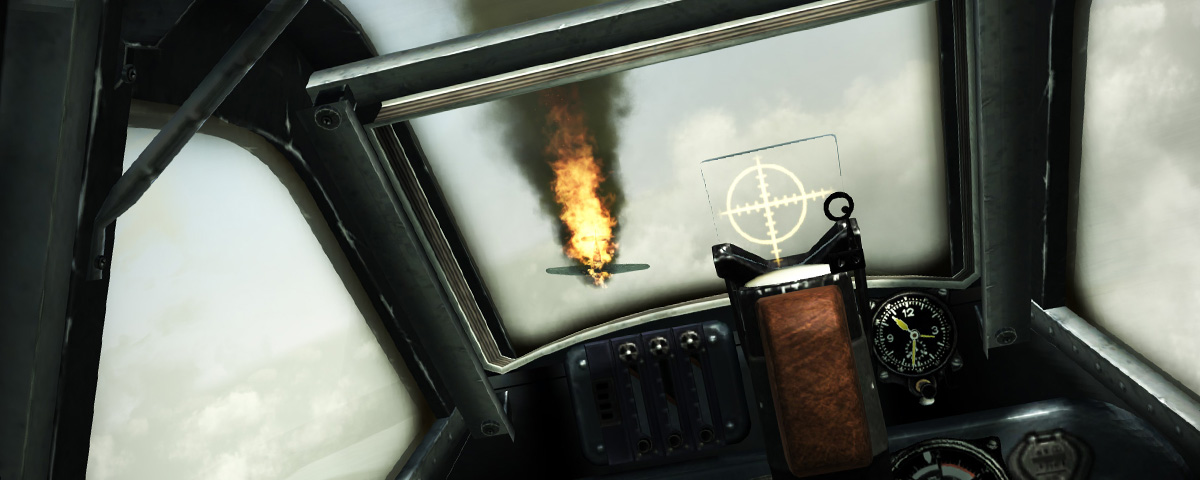A flexible combat simulation puts you in the driver’s seat of 40 historic warbirds.
Combat flight sims typically focus on a particular aircraft or a set of planes common to a theater. Wings of Prey ($50, requires Microsoft Windows XP/Vista/7, Pentium 4-class 3.2 Ghz processor, 1 GB RAM, NVIDIA GeForce 7600-class 256 MB video card, Internet connection, Gaijin Entertainment, airwargame.com) gives players a broad taste of history, featuring more than 40 flyable aircraft and several campaigns from historical engagements.
Wings of Prey (WoP) is flexible enough to fit different audiences, but the usual concessions made to accommodate novices don’t completely eliminate the realism veterans crave. The flight model features stalls, spins, drag and all the fundamental control surfaces: ailerons, rudder and elevator. The virtual cockpits are impressive, with working instruments and simulated blackout and redout effects. Missing are some of the finer points of engine and fuel management. But the graphics are excellent, bringing to life various geographic features. What’s more, 3D videographics technology simulates the effects of fog, clouds and sunlight.
Although campaigns are short, WoP still has fair play value. The single missions section includes many more sorties to fly plus tutorial and training scenarios, and WoP has support for multiplayer gaming via the Steam and yuPlay online gaming services.
Some players have reported control problems, though it worked fine for me with a CH Products joystick. Radio chatter seems nonsensical at times, and squadron in-flight commands are limited. In some cases, I found the interface inconsistent. The “m” key displays a map, but sometimes releasing the key closes the map, and at other times closing the map requires clicking a different button.
I found WoP’s approach pleasing. It isn’t the deepest simulation, but its production values and modern graphics come together to capture the essence of WWII aerial combat in ways other sims haven’t.
Originally published in the July 2010 issue of Aviation History. To subscribe, click here.





